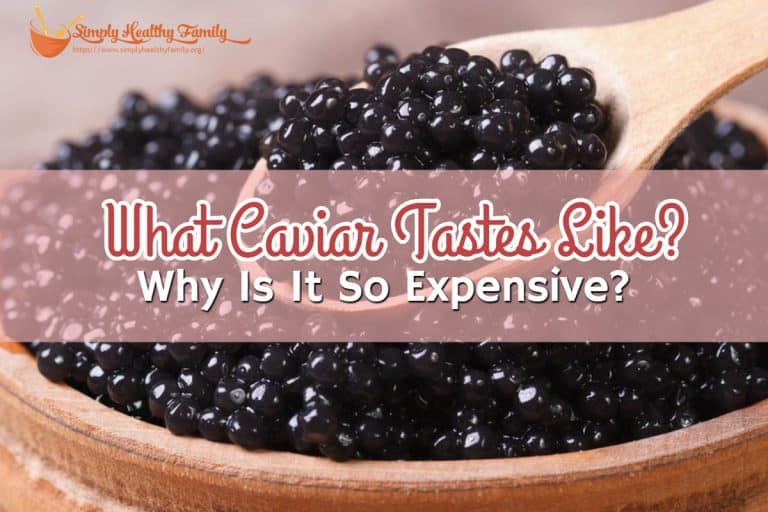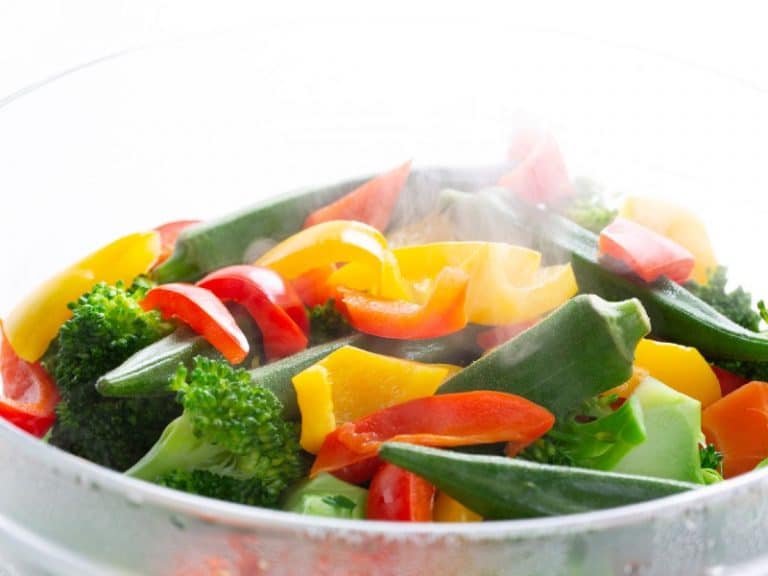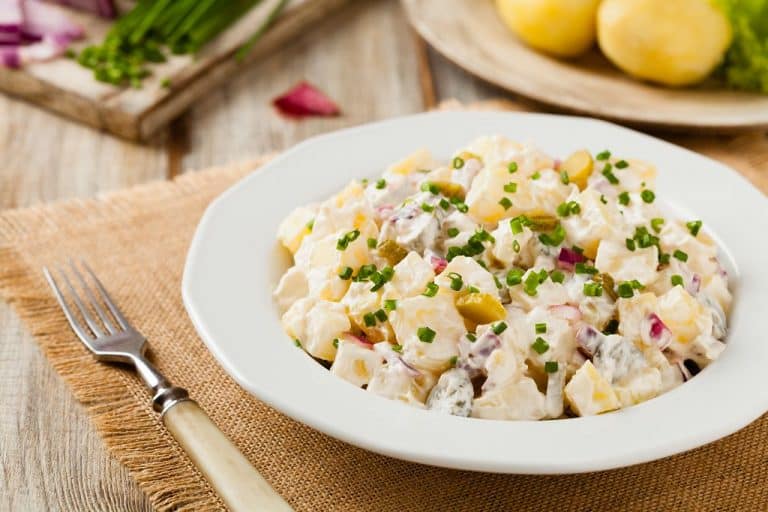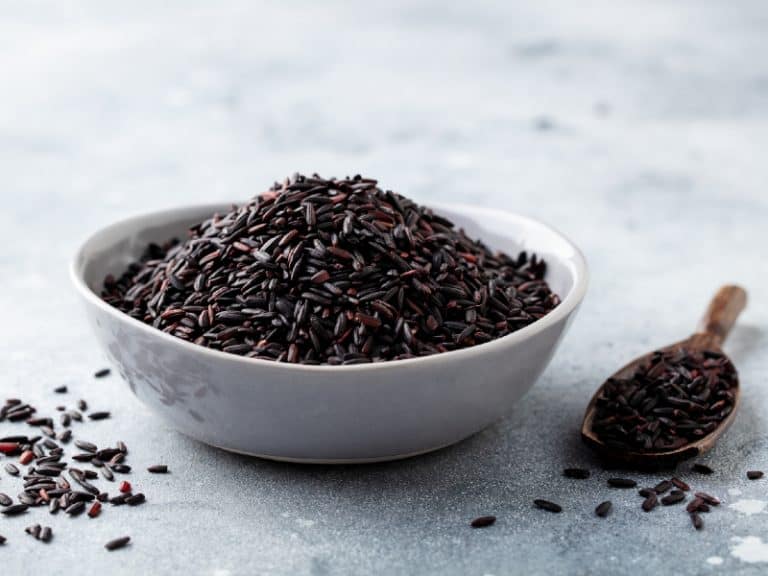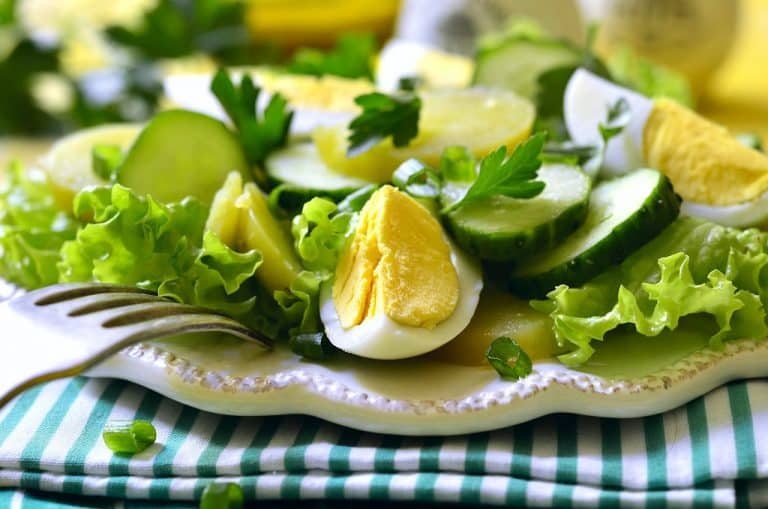What Does Butternut Squash Taste Like?
If there is one taste we instantly associate with winter that is definitely one of the squashes. For a long time the most popular squash of the bunch was pumpkin, but now a relative newcomer may just take over the throne. A type of squash that has been on the market for only about half of century has become a staple of winter meals, and that is butternut squash. This winter squash is flavorful, nutritious and packed with numerous vitamins.
It allows various ways of preparation, from soups and stews to purees and roasting. Many people often get their winter squash species confused, and can’t tell the difference between acorn squash, delicate squash, big max, kabocha, marrow and butternut squash. What they all have in common is that they’re harvested in autumn, when they’re ripe and hard. The additional time for maturing makes them extra delicious.
Before we move on to explaining what does butternut squash taste like, first, we’ll try to differentiate it from all the other fruits of its family. Stick around, and you’ll even get some useful hints about cooking this delicious squash.
Not All Winter Squashes Are Made the Same

10 most common winter squash species
We’ve already mentioned that some people tend to mix up the winter squashes, and now we’ll address this problem. Here is a short presentation of 10 most common winter squash species you should know about:
- Acorn squash: Small in size, dark green and orange skin, orange-yellow flesh, subtly sweet and nutty taste.
- Banana squash: Large and elongated, smooth orange, pink or blue skin, firm orange flesh, rich, sweet, earthy taste.
- Buttercup squash: Squat and round, dark green rind, firm and dense, vibrant orange flesh, sweet, creamy flavor.
- Delicata squash: Also known as sweet potato squash, small, cream colored skin, orange-yellow flesh, sweet taste, similar to sweet potato.
- Hubbard squash: Very large with a hard firm exterior which ranges in color from gray to blue, rich sweet pumpkin flavor.
- Kabocha: Squat and round, the size of a buttercup squash, dark green skin, bright yellow-orange flesh, sweet, nutty flavor.
- Pumpkin: Round, firm exterior, vibrant orange flesh, sweet, earthy taste.
- Spaghetti squash: Cylindrical shape, firm pale cream or bright yellow skin, the inside strands resemble spaghetti when cooked, mild not-so-sweet flavor.
- Sweet dumpling squash: Small in size, yellow exterior, starchy and sweet flesh, very much reminds of corn.
- Turban squash: Large decorative squash, irregular turban shape, bumpy green, orange or yellow exterior, mild, nutty flavor.
Why Makes Butternut Squash Special?

A Butternut Squash and Pieces of Butternut Squash on the table
Now that we know everything that butternut squash isn’t, it’s time to figure out what it is.
Butternut squash is a pear-shaped squash that has a smooth cream-colored exterior, bright-orange flesh, and very few seeds.
It is an excellent source of vitamin A. In fact, according to Dr. Axe, it has enough vitamin A in just one serving to cover one’s daily needs. Other benefits associated with this squash are a contribution to weight loss, prevention of cancer and cold.
It is a part of Cucurbita family of fruits, which is known for its richness with essential nutrients. Besides the fair amount of vitamin A, butternut squash also contains more than half of recommended intake of vitamin C and the astonishing list of other minerals and vitamins.
One serving of this fruit (about 7 ounces) contains about 82 calories and only 0.007 ounces of fat. One of the most known benefits of this fruits is it high antioxidant load, but it is also thought to boost the immune system, reduce inflammation, and helps in prevention o various diseases.
Although it is, in its essence, fruit, in food preparation it functions more as a vegetable.
Describing Its Taste

A pot of Butternut Squash and sliced Butternut Squash
Butternut squash is much sweeter than other winter squashes, so much so that some people even compare it with butterscotch (confectionery made of brown sugar and butter). Others see similarities with it and carrot, turnip, and other carrot substitutes.
Its flavor also has a nutty dose, and, especially in purees, it can taste little like sweet potatoes. It has that “autumn” taste that can be associated with pumpkin, just a bit sweeter. Another benefit of butternut squash over pumpkin is the fact that it is not as stringy, which makes it a perfect ingredient in soups and purees.
Its delicate taste combines very well with aromatic herbs and spices, such as cinnamon, and tarragon and its substitutes.
How to Choose the Best out of a Bunch?

Numerous Butternut Squash
If all of this sweet-talking caused your mouth to water than you are ready to visit a supermarket or a farmers’ market and equip yourself with enough butternut squash for at least one meal. But do you know how to choose the right butternut squash out of a bunch?
Here are a few hints:
- Pick it up. It should feel heavy for its size.
- Look it over and make sure its skin is clean.
- Check for bruises.
- Inspect for brown frostbite scars.
- See if it has punctures or cuts.
These tips look naive, but if any of these requirements isn’t fulfilled, the texture and longevity of the squash can be disrupted. Furthermore, some flaws, such as punctures or cuts let bacteria inside the squash and cause mold.
How to Peel and Seed It?

Pieces of Butternut Squash and a knife on the chopping board
The skin of butternut squash is tough and thick, so you will need a really sharp knife or a sturdy vegetable peeler to get rid of it. If you know your steps well, the job will be easy:
- Cut off the stem end.
- Cut the squash in two (horizontally).
- Peel the skin from the neck.
- Peel the round base.
- Split it in half.
- Use a spoon to remove the seeds and fibrous flesh.
- Cut it in pieces (size is voluntary).
Tips for Preparing Butternut Squash Recipes

A pot of Butternut Squash with sliced onions and a spoon
There are many different ways to prepare butternut squash. You can use various cooking methods and unique seasonings. Here, we’ll introduce you with five of them, and after you master them, feel free to experiment.
- Steam-baking: Steam baking is a great way to preserve most of the nutrients of an ingredient. The best thing about it is that you don’t even have to bother to peel the squash. Just cut it lengthwise, put in the oven and scoop out the seeds when done. You can sprinkle with cinnamon for extra magic.
- Roasting: Just cut it into half-moon slices. Season with olive oil, thyme or a similar spice, and honey.
- Peeling and boiling: After you’ve cleaned the squash, all you have left is to boil it for 15 to 20 minutes, and use it to make puree, soup or mix it with couscous or risotto.
- Microwaving: Believe it or not, you can cook an entire butternut squash in a microwave. Just cut some slits into the flesh to let the steam to escape as it cooks through. After some 10 minutes, pull it out the microwave, leave it to cool and then clean it.
- Baking: If you want to get the best out of the soft and tender texture of butternut squash, you should try baking it. The method is, actually, quite simple. Just cut it in half lengthwise, put on a baking sheet (flesh side down), and bake at 400F for about half an hour.
Hopefully, this guide has helped you get a grasp about what does butternut squash taste like. However, you should know that the best way to actually understand its taste, is to buy it, peel it and prepare it in one of the described ways. If you are a sweet tooth, that happens to like healthy food, then you won’t regret it.


